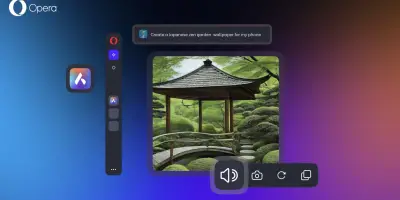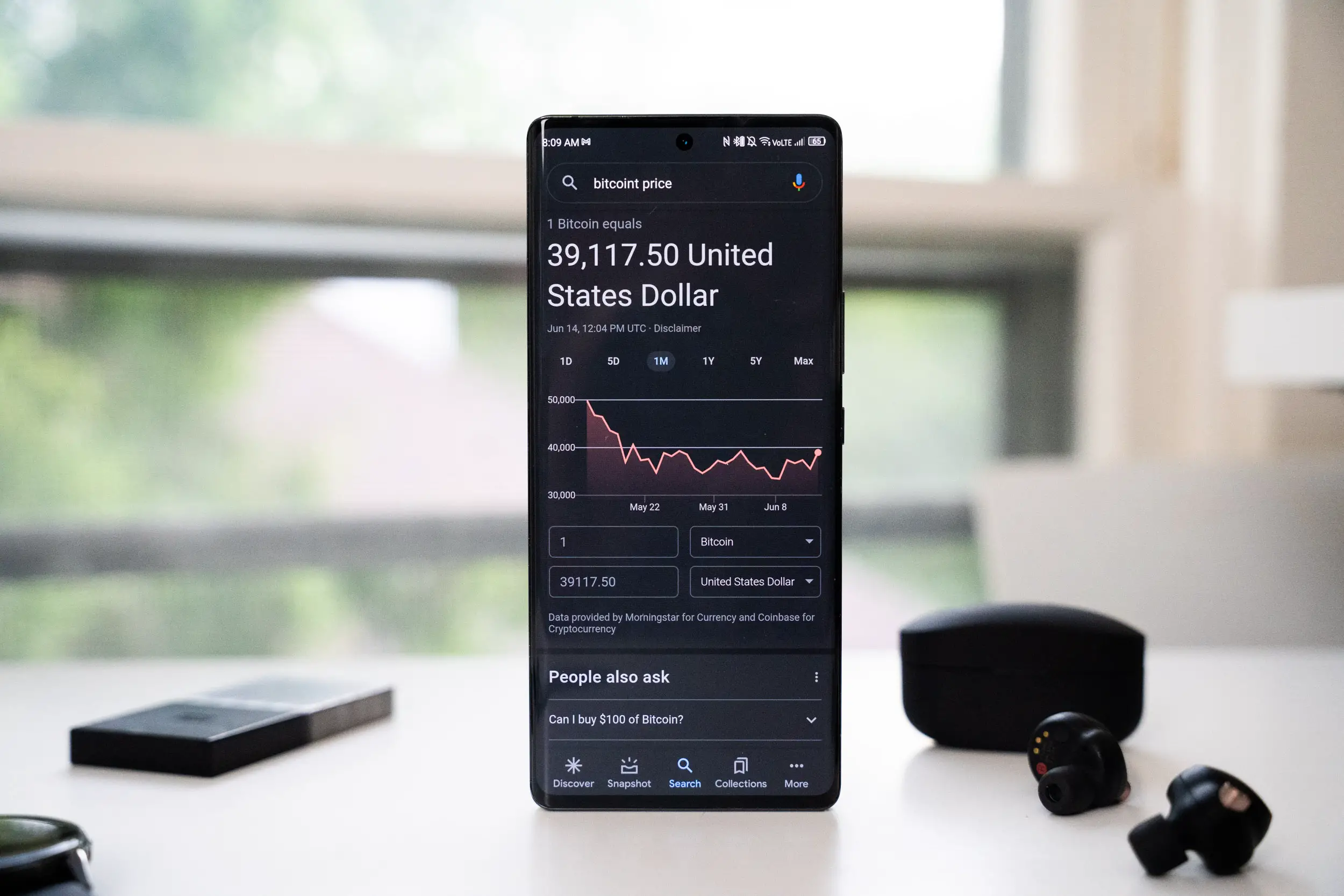 WebM was introduced by Google last year as their answer to developing a media codec capable of reproducing high-quality video while being easily portable and open source. Google isn’t the only company backing the project, as Mozilla, Opera, Adobe and forty other companies have their hands in WebM. While it is still in its infancy, Google has enabled support for WebM in the latest update to Android Gingerbread (2.3.3), as you can see in its list of core media formats at the Android Developers site.
WebM was introduced by Google last year as their answer to developing a media codec capable of reproducing high-quality video while being easily portable and open source. Google isn’t the only company backing the project, as Mozilla, Opera, Adobe and forty other companies have their hands in WebM. While it is still in its infancy, Google has enabled support for WebM in the latest update to Android Gingerbread (2.3.3), as you can see in its list of core media formats at the Android Developers site.
Google has big plans for WebM and will back it extensively, going so far as to drop H.264 codec support in the Chrome browser and shift towards the new open format in products such as YouTube. Whether or not, and how quickly, it catches on remains to be seen, but at least phones rocking Android 2.3.3 or above won’t be left behind.
[via Engadget]










Bout time
great news, i hope to see it become standard especially if youtube is supporting it. Opensource ftw
@Abe
You do know Google owns YouTube?
Damn I was just about to send this in.
Can someone please explain to me what this means, cld be dumb? but i wanted to know. Thanks in advance
@JORDAN23
WebM is a video codec that is open source. It will be used in html5 and wont have any patent trolls demanding money for you to use it. H.264 is patented. You can read more about WebM here, http://en.wikipedia.org/wiki/WebM and H.264 here http://en.wikipedia.org/wiki/H.264/MPEG-4_AVC
Imagine 30 years from now you find a video from when you were a kid and you realize you can’t open it because it was recorded in a closed format that nobody uses anymore. Memories lost forever.
Anyone know what format the Library of Congress uses for their stored video?